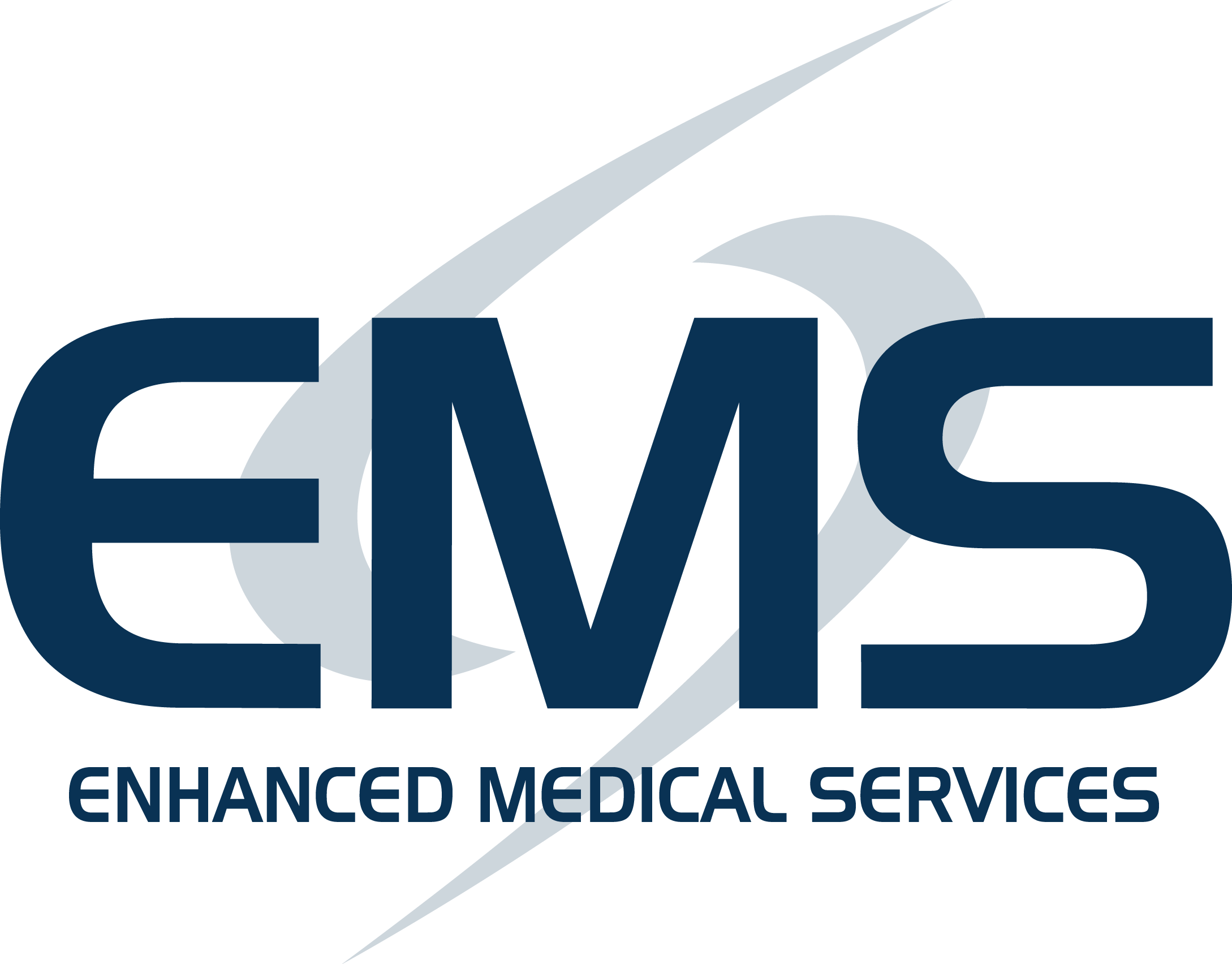Equipment Essentials for Optometrists
If you’re considering opening a new optometry office, the best place to start is by understanding the eye care equipment that is essential to a successful practice.
Chair & Stand
Don’t underestimate the importance of a quality exam chair when choosing equipment for your practice. Patient comfort and practice efficiency are key. With a variety of options such as power adjustments, hydraulics, adaptable height, variable reclining angles, and wheelchair accessibility, you have several possibilities to explore before selecting the ideal chair.
When designing your exam room, keep in mind whether you need a left or right handed instrument stand as this will effect the placement of everything else in the room. Stands also come with or without hand held instrument charging wells.
If you’re short on space, a chair/stand combo may be the way to go. These combination units such as those from S4Optik come with the chair and stand connected as one unit and have a smaller footprint.
Slit Lamp
The slit lamp is a microscope with a narrow, high-intensity light source used to examine the interior of the eye. Also called a biomicroscope, the slit lamp is used to determine irregularities in the structures within the eye.
Slit lamps come in two design types (most of the popular manufacturers carry both options):
- Integrated illumination (Zeiss-style) with the illumination below the microscope
- Tower illumination (Haag-style) with the illumination above the microscope
You can also choose between a conventional or digital slit lamp or even a portable slit lamp if you prefer a handheld option. Additionally, various slit lamp imaging cameras and accessories can be attached to your slit lamp for capturing videos and still images.
Tonometer
A tonometer measures the pressure of fluids in the eye, a common test for glaucoma. There are a few types of tonometers:
- Contact tonometer – This type of tonometer is typically attached to the slit lamp and applies pressure directly onto the eye so numbing drops and orange dye are often used. Slit lamp tonometers come in either standard or digital models.
- Handheld tonometer – Handheld tonometers such as the Accutome Accupen or Reichert Tonopen are small, battery-powered electronic devices. These tonometers are highly portable, useful for children and when patients are being treated lying down
- Non-contact tonometer – NCTs are non-invasive and use a puff of air to measure corneal pressure. These units are most often placed in the pre-test area of the office and do not require numbing drops or dyes.
Phoropter
The phoropter, or refractor, is the quintessential optometry tool and is used to determine a patient’s eyeglass or contact lens prescription. Most optometrists will choose a manual, minus-cylinder photopter for their exam room, but an auto phoropter that digitally automates the lens settings is also an option.
Visual Acuity System
Visual acuity testing is routine for most eye exams. Whereas these tests used to be done with rudimentary paper cards or charts, most modern practices use digital acuity systems. Digital systems offer a diverse selection of high-resolution acuity tests on a flat-screen computer monitor. Smaller offices often utilize mirrors with their acuity systems to achieve the optimal distance for testing.
Binocular Indirect Ophthalmoscope (BIO)
The binocular indirect ophthalmoscope consists of a headband, binocular lens with mirrors, and light source. It allows you to inspect the posterior segment of the eye and is often used with a variety of handheld lenses such as diopter and aspheric lenses. BIOs come either wired or wireless. Wireless BIOs utilize batteries that must be recharged regularly. Additionally, you may opt for LED or traditional bulbs when purchasing a binocular indirect ophthalmoscope.
Autorefractor
Autorefractors provide an objective baseline for your patient’s prescription. You may decide to purchase a combination unit such as an autorefractor/keratometer (ARK) which also allows you to measure cornea curvature. Some multi-use units like the Topcon KR-800PA also include topography for corneal mapping.
Pachymeter
Pachymeters measure the thickness of one’s cornea and they come in a variety of shapes and sizes. Handheld pachymeters such as the Reichert ipac or Accutome PachPen are very common as are mixed-use ultrasound devices that combine A-Scan, B-Scan, and pachymetry.
Visual Field Perimeter
Visual field perimeters are used to screen the central and peripheral vision for defects. While perimetry was once used solely as a diagnostic tool for glaucoma patients, routine screenings now play a vital role in the general optometry practice. Visual field perimeters such as the Zeiss Humphrey Field Analyzer (HFA) or the Haag-Streit Octopus allow you to track your patient’s visual field over time, detecting vision loss at its earliest stage.
Optical Coherence Tomographer (OCT)
Clinical applications of optical coherence tomography have expanded greatly since its introduction. Adding an OCT such as the Zeiss Cirrus or Topcon Maestro to your practice allows you to provide the most comprehensive eyecare to your patients. With the right OCT, you can easily generate a baseline and track progression of glaucoma, diabetic retinopathy, and macular generation.
Find a Trusted Ophthalmic Equipment Partner
Eye care equipment is a large investment for an optometry practice and choosing and the right products for your needs is vital. Whether you prefer the latest in new technology or to save your budget with pre-owned ophthalmic equipment, make sure to partner with a dealer you trust.
At Enhanced Medical Services, highly-experienced consultants will walk you through your many options and provide comprehensive technical knowledge to assist in your decision process. Our one-on-one approach is designed to develop the right mix of products to fit your individual needs and budget.
If you’re on the market for new or used eye care equipment, contact EMS today!
